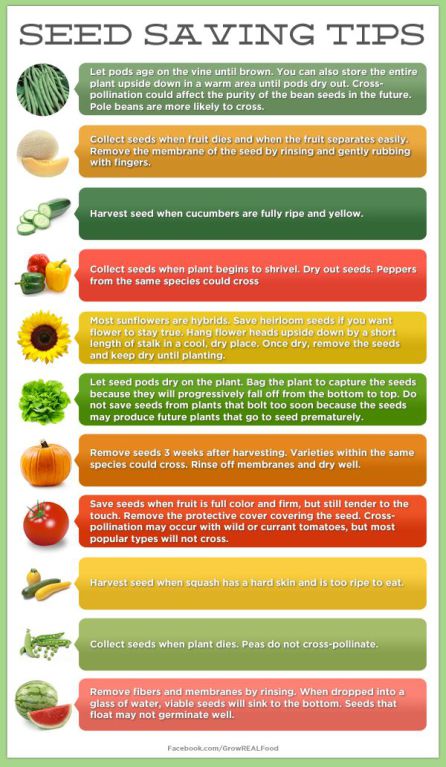Making Saving Seeds Make Cents!
Let’s save some open pollinated seeds this year!
Consider the savings realized from not having to buy 50 packs of seeds.
50 x $3.00=$150.00! Do I have your attention?
These seeds can be saved once, and then used for the next 2-10 years.
It is a perpetual garden event & the savings add up.
There are free downloads available so you don’t need to buy books!
Seed Savers KC also offers classes twice a month!
We have lost over 1000 varieties since 1980- this is actually serious stuff.
A time may come when your food supply will depend on you saving seeds.
The Basics:
Types of Pollination:
1) Self
2) Wind
3) Insect-bees are the best pollinators.
In breeder/Out breeder Chart:
Learn Latin genus, species names and where the plants lie on the chart.
If Latin names are the same they will cross breed.
Isolation Methods:
1) Distance
2) Time
3) Geographic
4) Mechanical-hand pollination!
Tools:
Reemay cloth, blue masking tape, cages, bags, screens, colorful tags, coffee filters, mason jars/lids, envelopes, plant labels-used venetian blinds work great.
Equipment is not sophisticated.
See the links at the bottom for making your own seed saving and herb drying screens!
Harvest:
It is essential to allow the fruit to mature completely-some are 3-4 weeks past market prime. Don’t hurry the harvest!
1) Dry- applies to peas, beans, lettuce, arugula, others
2) Wet fermentation- applies to tomatoes, peppers, cucumbers, melons, eggplant.
Storage:
Cool, dark, dry, airtight, & well labeled is what is required for proper storage.
Groups of seed envelopes inside mason jars are tops!
The freezer, fridge, basement, root cellar, or a cool closet all work well.
You can learn about all of this in more detail at our Seed Saving classes we offer! Check out our Seed Saving Class Calendar to find a date that works for you!


